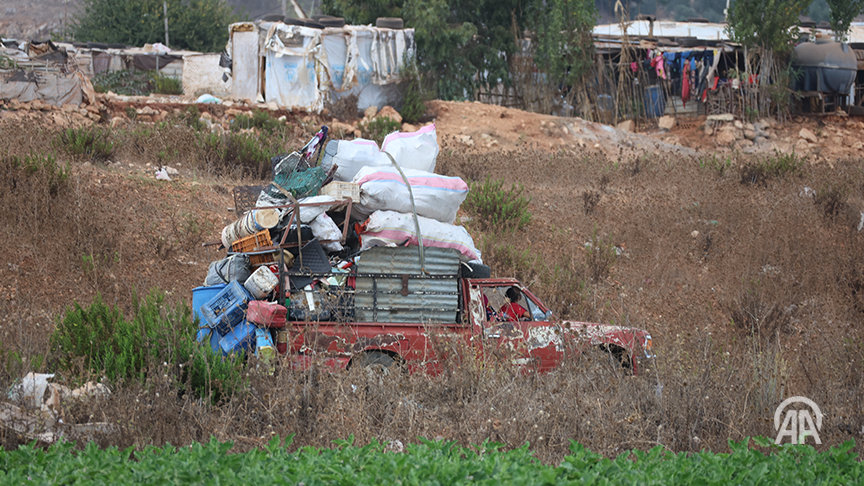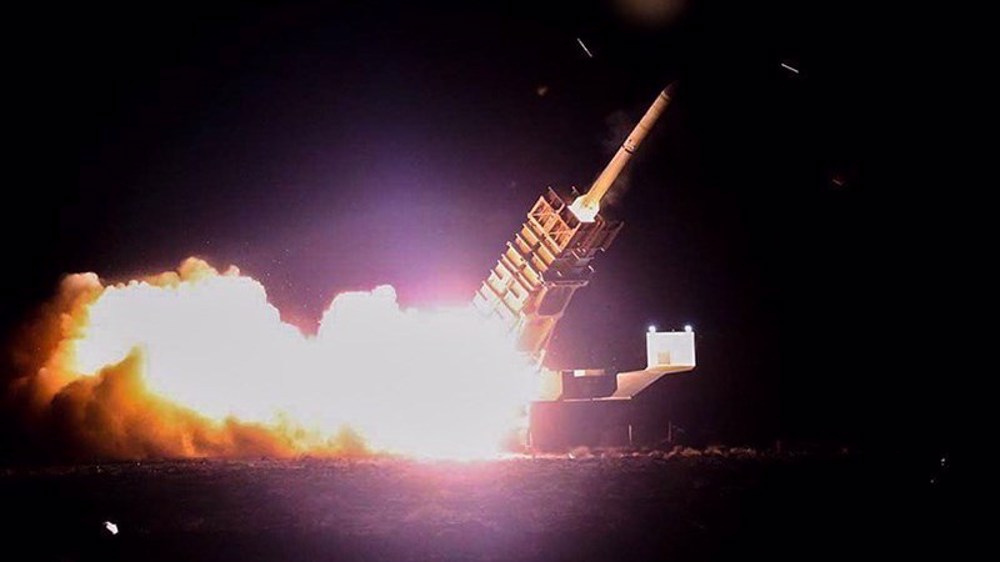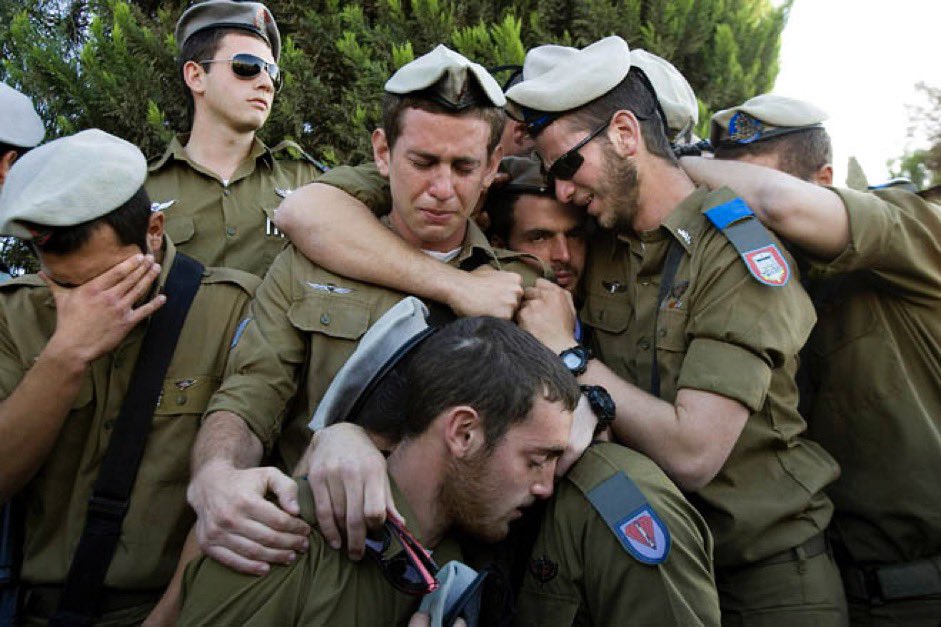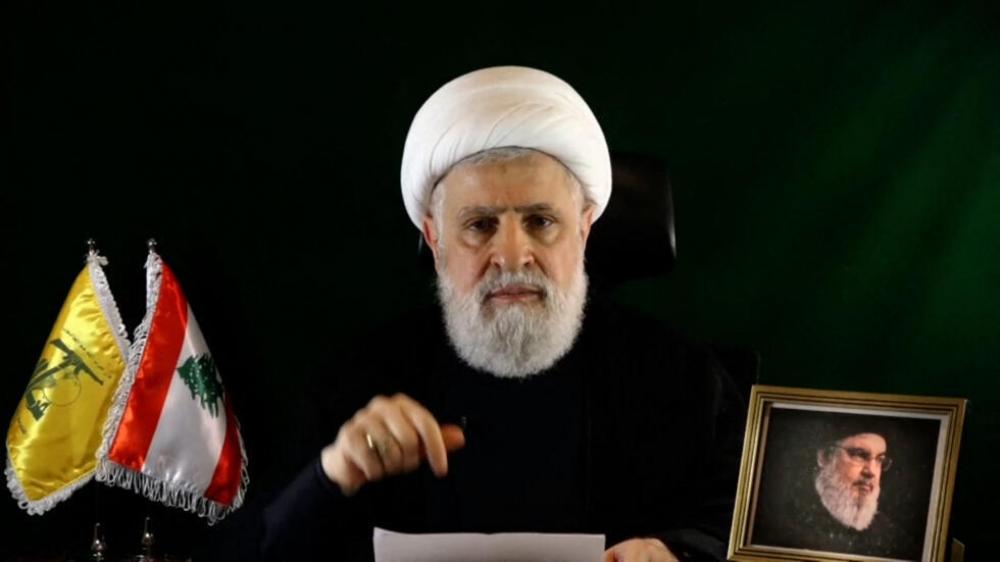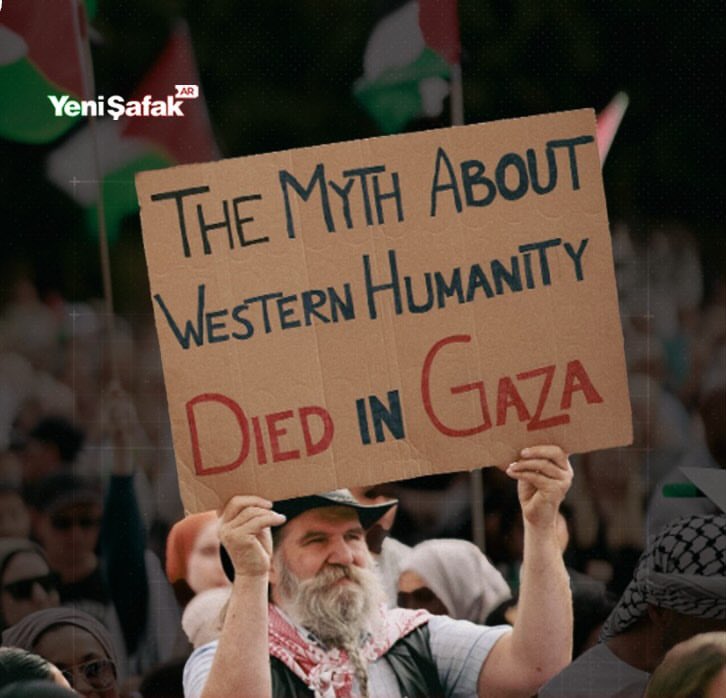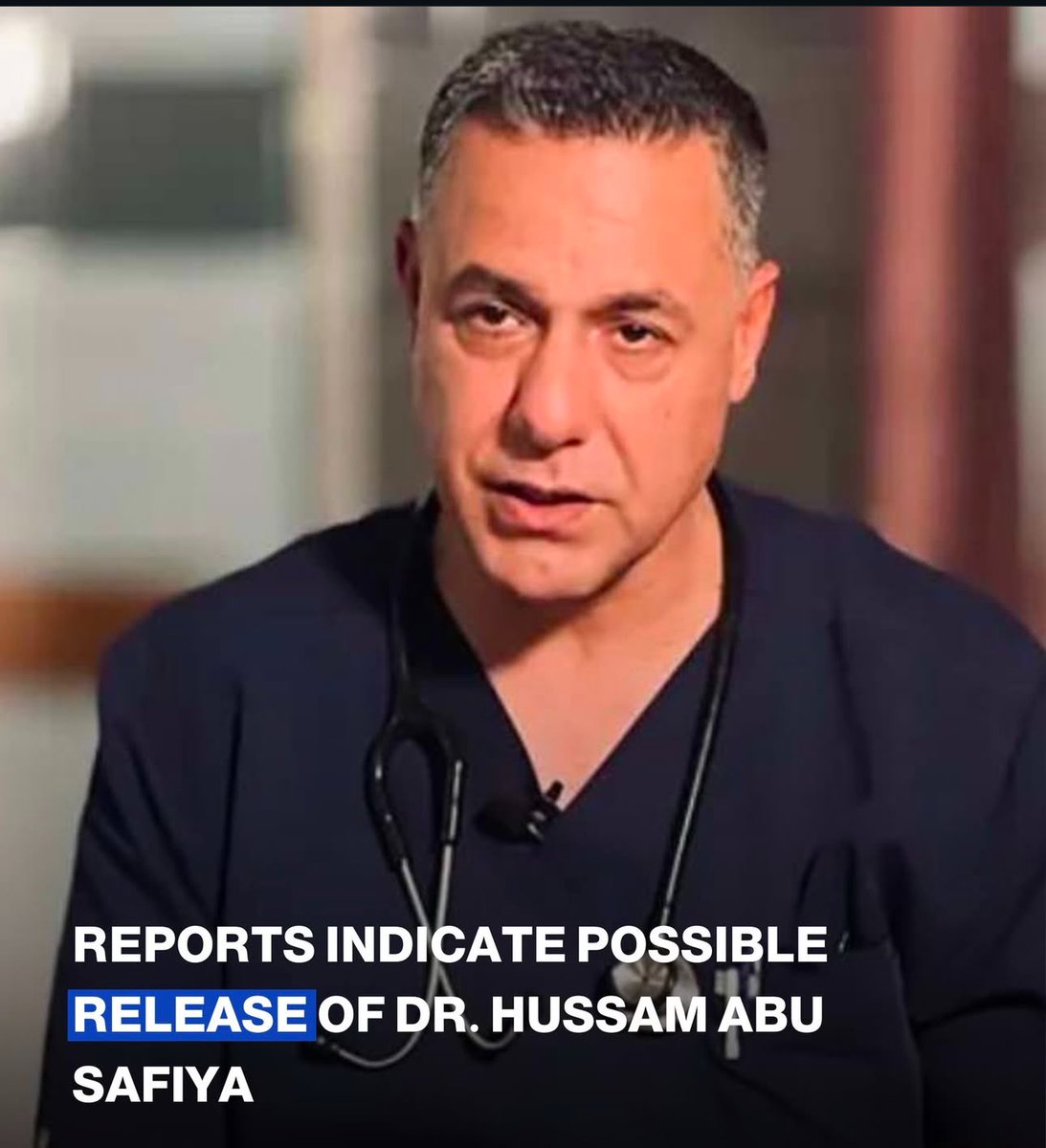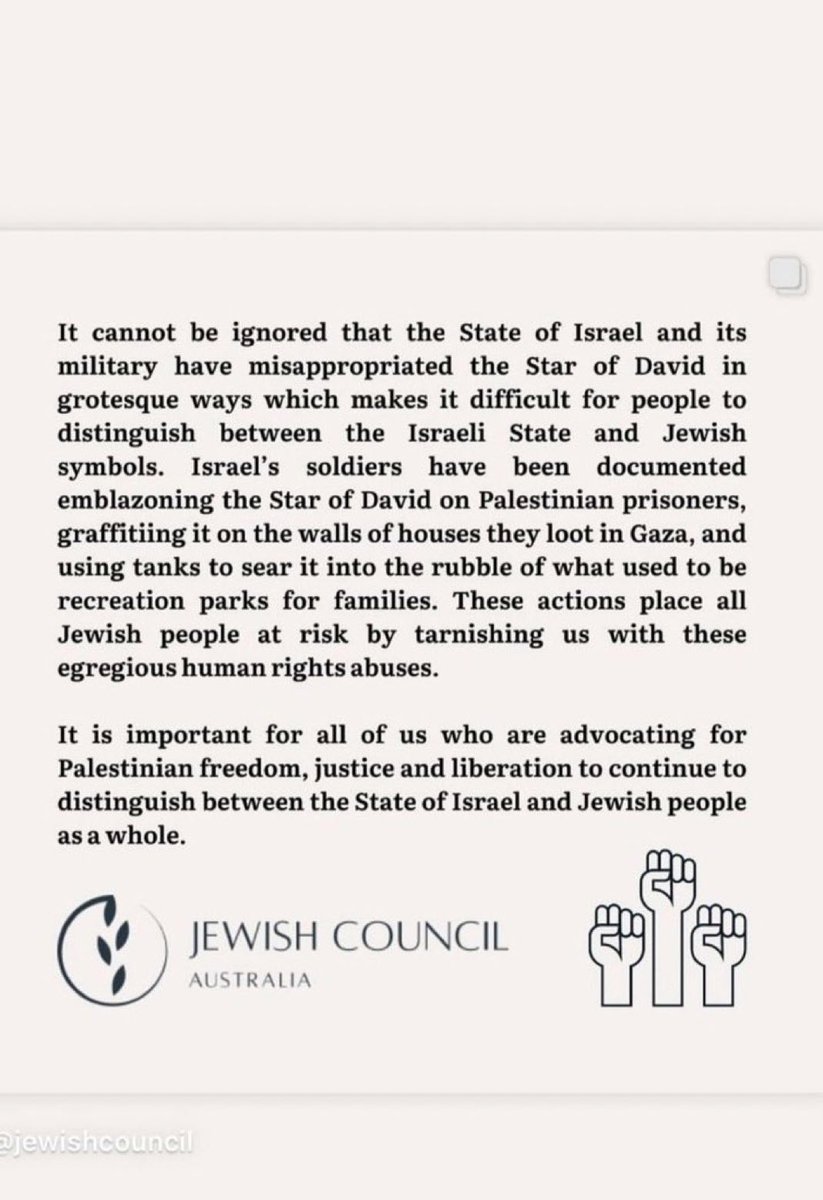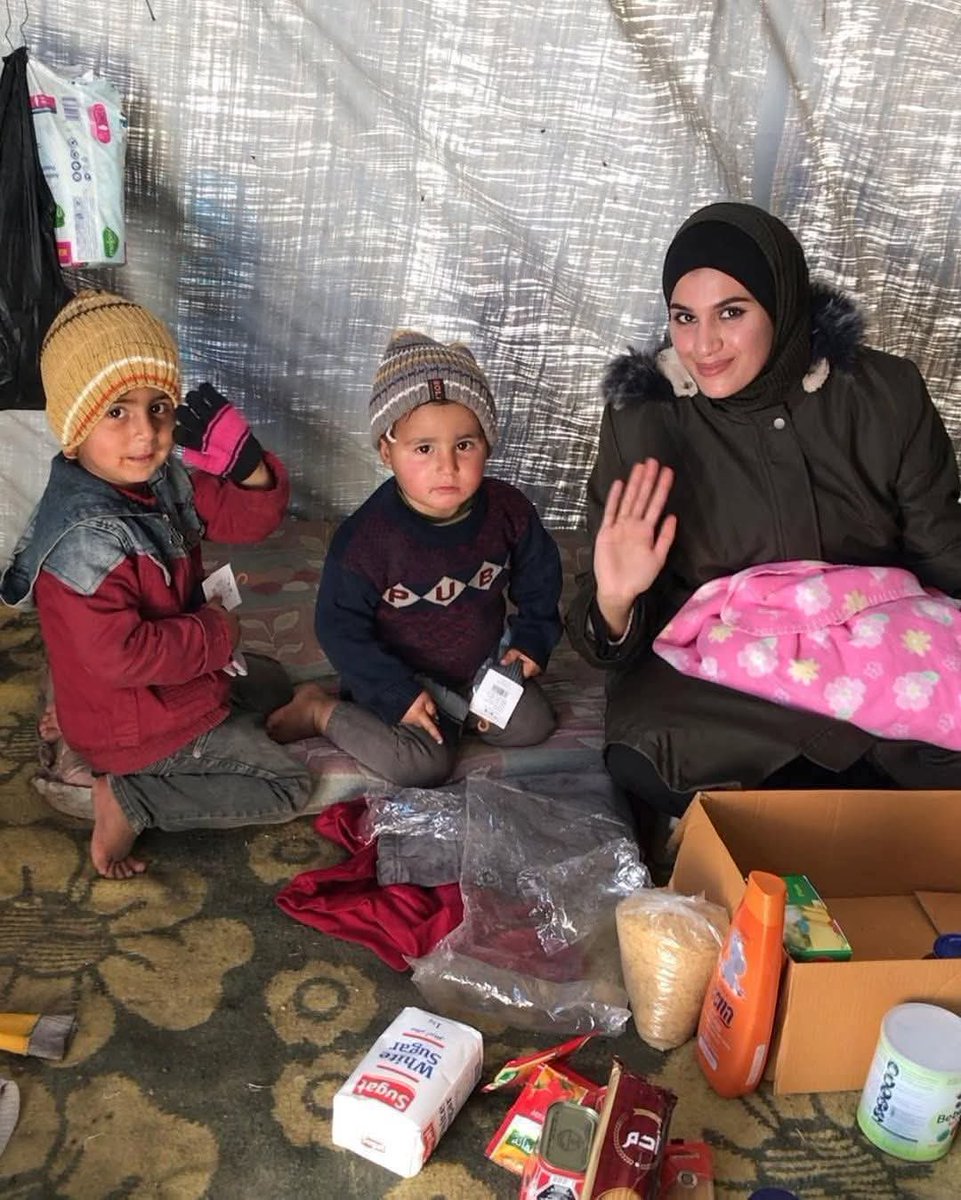The new Hezbollah leader Sheikh Naim Qassem said in his first speech, after becoming secretary-general he “will continue on the path of the martyr Hassan Nasrallah, and implement the war plan he developed with the leadership of the resistance, and deal according to the developments of each stage.”
In a videotaped speech, Wednesday, Qassem stressed “supporting Gaza is a duty to confront the danger of the occupation on the entire region from the gate of Gaza, and its people as they have the right to be supported by everyone.
The question should not be directed to the party about the reasons for its support for Gaza, but to others about the reasons for their lack of support of the people of Gaza,” he added.
Hezbollah “does not fight on behalf of anyone, but to protect Lebanon, liberate our land, and support Gaza,” stressing that “Iran supports our project and does not want anything from us, and our convictions are shared,” he stressed.
“For 11 months, we said we do not want war, but we are ready if it is imposed on us, and we in Lebanon do not fight on behalf of Iran or to implement its project, but to protect and liberate our land,” Qassem continued.
Qassem described the head of the Hamas political bureau martyr Yahya Sinwar as “an icon of heroism for Palestine and the free people of the world, and he resisted until his last breath.”
“The Lebanese resistance was created to liberate the land and confront the occupation and its expansionist intentions,” noting “the resistance expelled the occupation from Lebanon, not international resolutions,” he added.
Qassem stated “the field proves and confirms the party’s recovery from the attacks it was subjected to because it is a large and cohesive institution with great capabilities and a true jihadist history, and it was growing stronger year after year and gaining more experience.”
Qassem stressed “the enemy must know that its bombing of our villages and cities will not make us retreat, and the resistance is strong and was able to deliver a drone to Netanyahu’s room.”
Qassem criticized western collusion, saying: “This war is not only [Israeli], but an [Israeli]-American-European global war in which all the capabilities to eliminate the resistance and the peoples of the region are used in all brutality, genocide and criminality.”
Since September 23, the occupation forces have expanded the scope of the genocide they have been committing in Gaza since October 7, 2023, to include most areas of Lebanon, including the capital Beirut, through unprecedentedly violent and intense airstrikes, and have also begun a ground incursion into the south, disregarding international warnings and UN resolutions.
The Israeli occupation army, supported by the United States and Europe, continues its aggression on the Gaza Strip for the second year in a row, as its aircraft bomb the vicinity of hospitals, buildings, towers and homes of Palestinian civilians, destroying them over the heads of their residents, and preventing the entry of water, food, medicine and fuel.
The aggression has left about 145,000 Palestinian martyrs and wounded, most of them children and women, and more than 10,000 missing, amid massive destruction and famine that has killed dozens of children and elderly people, in one of the worst humanitarian disasters in the world.

